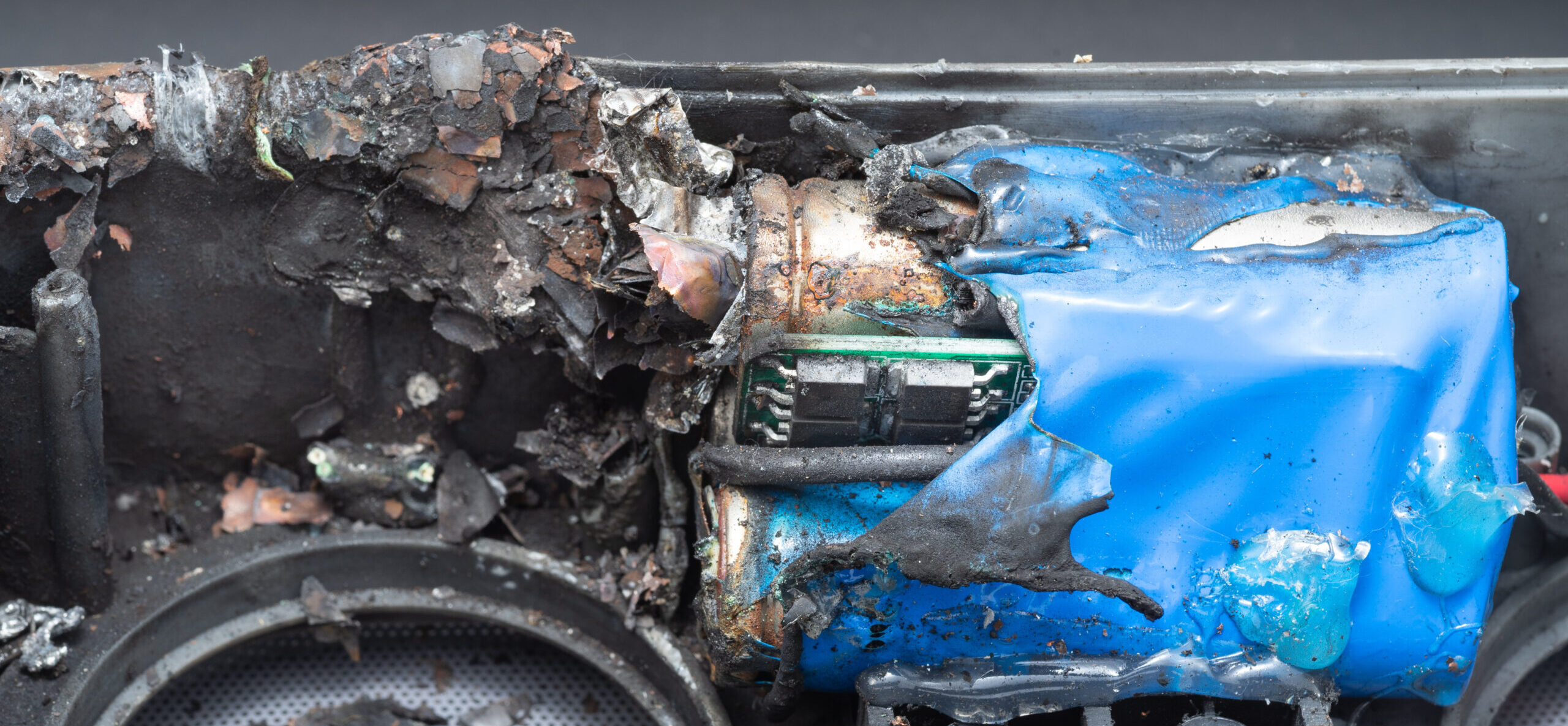Lithium-Ion Battery Safety Takes the Spotlight at FDIC 2025

Earlier this month, the 2025 FDIC International conference in Indianapolis spotlighted a pressing issue in fire safety: the risks associated with lithium-ion batteries. As these batteries become increasingly prevalent in electric vehicles (EVs), e-bikes, residential energy storage systems (RESS), and various consumer electronics, fire professionals are grappling with the challenges they pose.
Lithium Battery Hazards Take Center Stage
The conference featured several sessions dedicated to understanding and mitigating the dangers of lithium-ion batteries. One notable presentation, “This Stuff Stinks! Smoke from Lithium-Ion Battery Fires,” delved into the unique and toxic smoke produced during such fires, emphasizing the contamination risks to firefighters’ personal protective equipment (PPE) and the surrounding environment.
Another session, “Residential Lithium-Ion ESS and Fire Service Response,” addressed the growing concerns surrounding home energy storage systems. Research highlighted the explosion risks and structural damage potential from thermal runaway events in residential settings, underscoring the need for updated firefighting tactics and safety protocols.
But it wasn’t just seminars, the exhibition halls had dozens of products addressing these challenges as well. U.S. Chemical Storage was there showcasing our Battery Storage Buildings, and our new DynaLocLTC isolation and transport container. We loved getting real-world feedback on our products.
Many of the major EV manufacturers were there to provide training to alleviate firefighters’ frustrations on scene. Others were there as traveling trainers that went across the country from firehouse to firehouse to provide training on lithium-ion battery fires.
A Call for Unified Standards and Training
While there’s a consensus on the urgency of the issue, the fire service community is still working towards standardized responses. The National Fire Protection Association (NFPA) is considering the development of NFPA 800, a comprehensive Battery Safety Code aimed at establishing uniform safety requirements throughout a battery’s lifecycle.
In parallel, the National Fire Sprinkler Association (NFSA) has formed a task group to develop fire protection strategies for lithium-ion batteries, focusing on areas like bulk storage, EVs, and waste management facilities.
Collaborative Efforts and Public Education
Recognizing the widespread impact of lithium-ion battery incidents, organizations like the International Association of Fire Chiefs (IAFC) have partnered with entities across North America to launch safety guidance resources. These materials aim to educate both the public and fire services on best practices for handling and storing lithium-ion batteries, promoting a standardized approach to safety.
Looking Forward
The discussions and products at FDIC 2025 underscore a pivotal moment for the fire service industry. As lithium-ion batteries become integral to modern life, the need for cohesive strategies, standardized training, and public education becomes paramount. While challenges remain, the collaborative efforts initiated at the conference mark a significant step towards enhancing lithium battery safety and protecting both first responders and communities at large.
